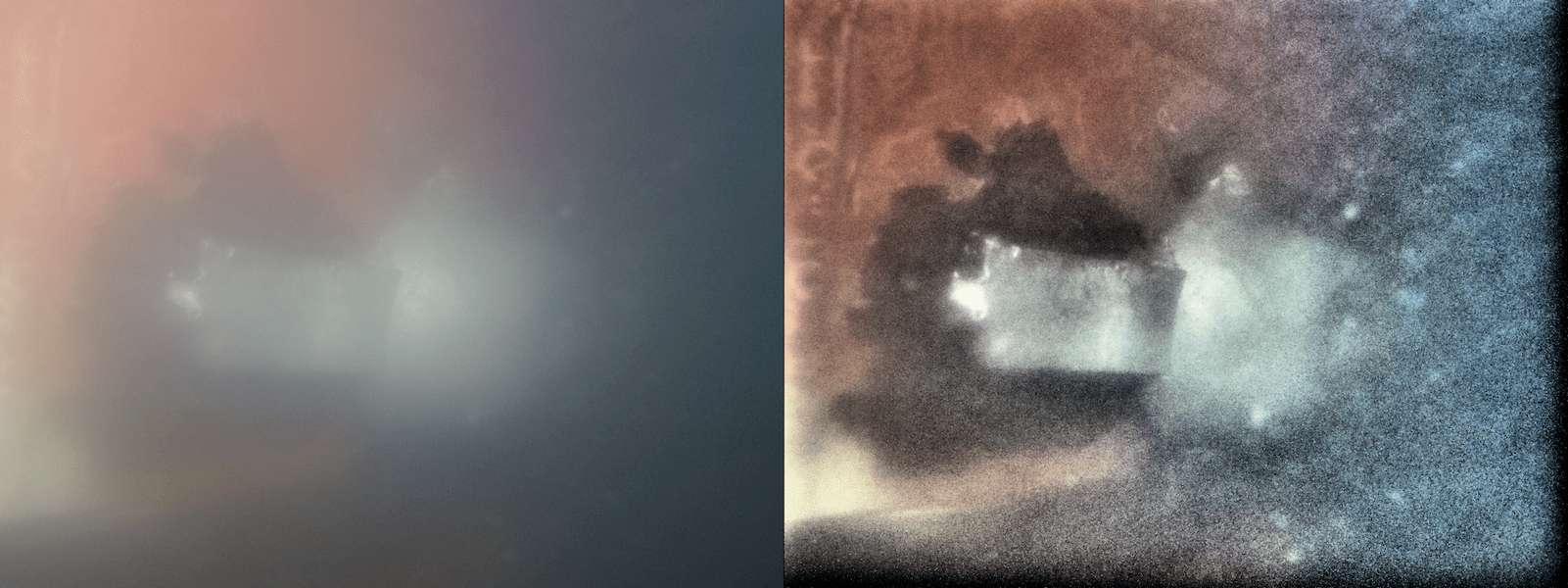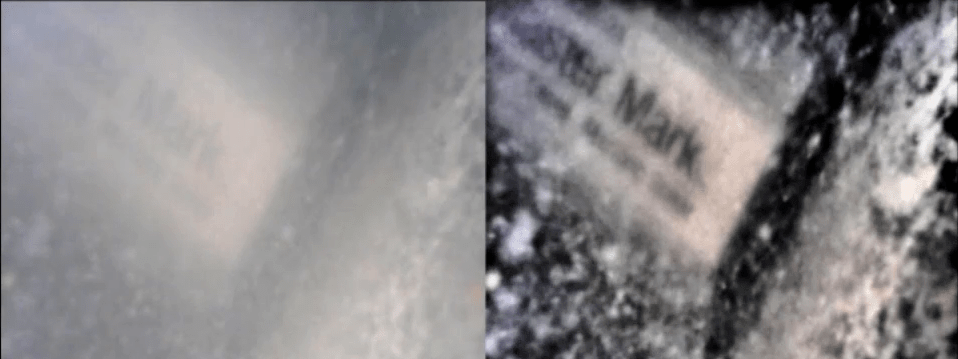Marine Operations
Marine Operations
Marine safety inspections of structures in inland water bodies are stable and constitute a big industry with great potential, offshore oil, and gas, steadily growing and with no volatility. The geographical distribution of growth potential is located overseas more than in the US. Aging oil rigs, mooring cables, and extensive underwater pipelines require frequent inspections inshore and offshore for oil or for water require inspections. Construction and inspection of offshore terminals also have a growing potential due to the expansion of the use of natural gas. Many of those structures are located in shallow turbid waters, or in river ports.
Traditionally, underwater inspections (e.g. ship surveys) are carried out by divers. More recently and with the gradual increase of the radius of operation of ROVs, they are being used more often. Docks and bridge footings also require inspections and with aging infrastructure in industrialized countries, this is another market we need to exploit.
Our system can be used in either case. There is also the tendency to use unmanned, underwater vehicles because they have an even bigger radius of operation and by eliminating the need for a diver, various safety concerns and constraints are significantly reduced.
Our prototype is currently configured for underwater cameras and can clean up a live video stream. We achieve visibility improvements that can triple or quadruple the visibility radius in highly murky water. We achieve this unique performance by harnessing the power of sophisticated mathematical algorithms and graphics card units.
However, additional work is needed to improve performance in enhancement quality, suppression of clutter, and increase applicable frame rates to make the product suitable for 4K/60fps cameras not only for underwater environments but for land and sea navigation even under adverse conditions. Some examples of underwater video enhancement under highly turbid conditions are as follows:


